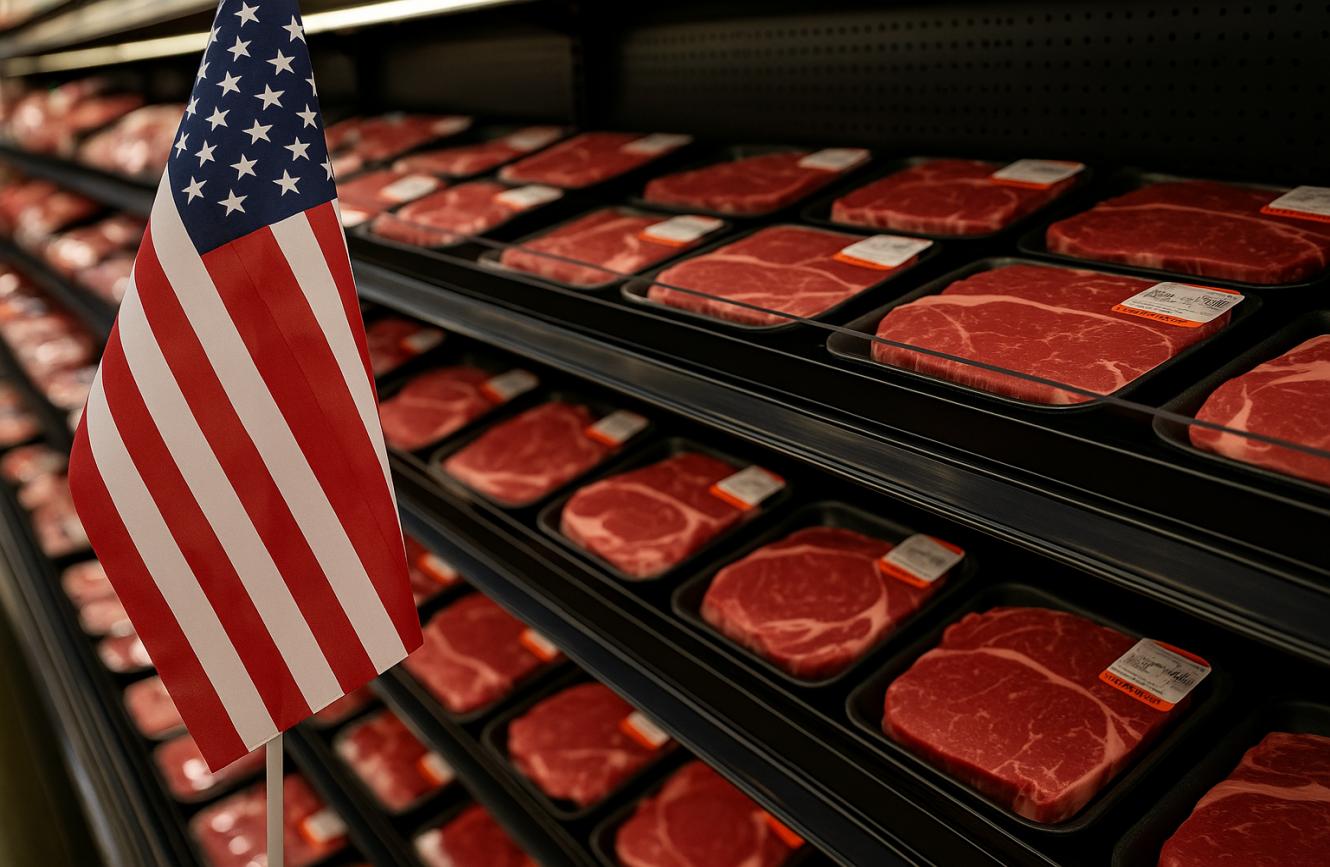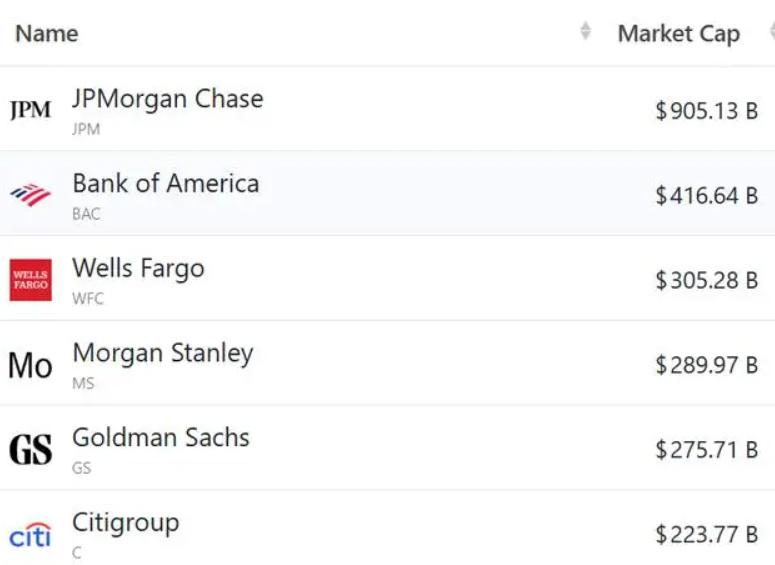
Recently, according to Reuters, the price of beef in the United States has risen to a historical high, and this price level is becoming a driving factor for business operations and market structure adjustment. The contraction on the supply side makes it difficult for raw material costs to fall back in the short term, and the cost transmission mechanism in the meat processing and distribution links is thus forced to be restructured. Large-scale processing enterprises, relying on large-scale procurement, long-term contracts and hedging tools, are more likely to share risks when costs are high, while small and medium-sized pastures and small-scale slaughterhouses are under more direct pressure from cash flow and operating costs.
For retailers, the first challenge brought by a high-price environment is the balance between price elasticity and sales volume. In the face of rising upstream costs, retailers can choose to increase terminal prices, cut gross margins or absorb some of the costs through a more aggressive private label strategy. However, each option will affect the average transaction value, promotional effectiveness and customer loyalty. The practice of hypermarkets hedging against price fluctuations by investing in vertical supply chains or enhancing procurement integration can stabilize the supply of goods in the short term, but in the long run, it may further raise the entry barriers of the industry.
The catering industry is confronted with various business trade-offs: directly raising prices will rapidly erode customer flow and frequency. Although improving recipes or reducing portion sizes can alleviate the cost of individual items, it will lower the value of a single transaction and increase operational complexity. Chain brands have the ability to cushion the shock through large-scale procurement and menu engineering optimization, while independent restaurants and small chains are more likely to be pushed to the brink of repricing or service reduction, which in turn affects their survival and expansion pace.
Financialized cost management is transforming the risk allocation in industries. Futures and hedging mechanisms provide enterprises with financial operation capabilities with tools to stabilize procurement expectations and hedge against cost fluctuations, but this simultaneously raises the requirements for capital and risk management capabilities. Small and medium-sized enterprises with insufficient capital and risk management capabilities thus face higher financing costs and the risk of passively accepting unfavorable contract terms.
In terms of procurement and contract design, enterprises are inclined towards diversified supply and more flexible long-term agreements. Establishing multi-source procurement, signing tiered pricing or shared inventory arrangements can spread risks when prices are high, but it will lead to the occupation of inventory funds and an increase in supply chain management costs. For large enterprises with the necessary conditions, expanding upstream (vertical integration) or directly investing in pastures and slaughtering capabilities can to some extent lock in prices and supply, but this strategy requires a large amount of upfront investment and prolongs the capital recovery cycle.
The driving force for industry consolidation has thus been magnified. High-cost cycles will stimulate an increase in mergers and acquisitions and strategic alliances: large processors and retailers may gain more bargaining power and stable production capacity through mergers and acquisitions, while small and medium-sized enterprises with differentiated brands or technological advantages may become acquisition targets or be forced to exit. Such integration is beneficial for stabilizing the supply chain in the short term, but in the long run, it may weaken market competition and further strengthen the influence of a few enterprises on prices.
From the perspective of business practice, enterprises need to strike a new balance between profit protection and maintaining market share. A more complete risk management system, tiered pricing strategies, expansion of private brands and supply chain investment will become the core actions for enterprises to cope with high-cost cycles. Meanwhile, capital markets and financial services will play a more significant role in industry reallocation: providing liquidity, risk hedging and merger and acquisition funds, but they will also closely link industry return rates with leverage levels. Overall, the current situation prompts industry participants to make more commercially considered choices between short-term gains and long-term structural adjustments.

Driven by the Trump administration's push to relax financial regulations and the recovery of investment banking business, the market value of the six major banks in the United States has cumulatively increased by approximately 600 billion US dollars by 2025.
Driven by the Trump administration's push to relax financia…
On Christmas evening, U.S. President Trump posted on social…
According to multiple foreign media reports, the recent fin…
The middle class, once regarded as the cornerstone of Ameri…
On December 19th local time, the US military launched a lar…
The Boxing Day sunshine should have cast a false glow of pr…